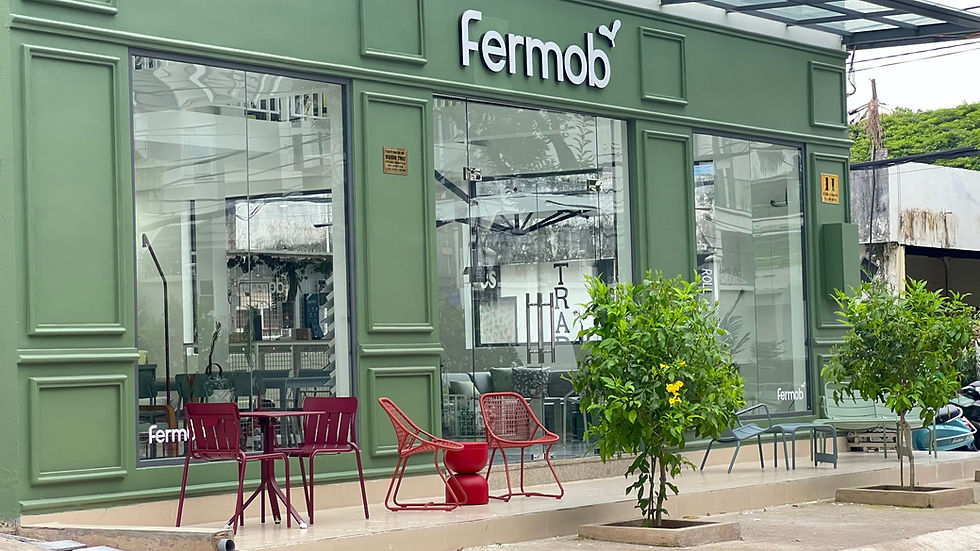TEXTILE SECTOR IN ASIA
- RelocationVietnam
- Jan 27, 2021
- 3 min read
Frank VOSSEN, director of SEDITEX, a sourcing company in Vietnam and South East Asia gave us some of his time to introduce us to the textile sector in Asia. You can find his background and other very useful information in his interview: Interview with Frank.
The Chinese decide more and more to settle in Vietnam with their industry because their country has become expensive. The cities along the maritime coasts are more and more inhabited by factories, thus reducing the room for new orders. A solution has been brought by the government for the most daring who decide to build in the central-eastern part of the country: China-Europe Railway Express. It is worth recalling that 450 billion dollars have been invested in Chinese railway infrastructure linking western China and Europe to facilitate trade. Since its inauguration in 2011, freight trains have made more than 14,000 trips between China and Europe. In 2018 alone, nearly 5,000 freight trains passed through this 12,000-kilometer-long line, which now connects 22 Chinese provinces to 15 European countries.
Another problem is highlighted: the country, having long been subject to the one-child policy, is seeing its labor force weaken. Indeed, children have very often been sent to higher education and therefore have a master's or doctorate degree that they do not wish to use in the factory. To alleviate the situation, the factories have decided to automate their production, but it costs as much or almost as to automate a factory in the United States. This solution is therefore economically profitable to sell locally or in neighboring countries.
Another solution for international companies is to recruit in countries neighboring China. They have a vast choice of attractive places: Laos, Cambodia, Burma, Philippines, Bangladesh, Indonesia... But yet, very few countries have all the cards to compete with China.
Laos does not have a port. Cambodia and Burma do not have enough manpower, respectively 17 and 54 million. The lack of political and economic stability in the Philippines is not profitable for investors. The bad weather that hits the country is also not in its favor, as is the low productivity of the local population. Bangladesh and Indonesia could be potential production locations, but their economic and political instability frightens foreign investors. Finally, the only country that has a sufficient (97 million) and cheap (about 50% cheaper than China) labor force, stable economy and government, and maritime access is Vietnam.
Until a few years ago, the price of the raw material bought in China was more expensive in Bangladesh (the country with the cheapest labor force in the world) than the price of the finished product sold in China.
Now, textile raw materials, which are widely available in China, are gradually moving to neighboring countries.
Four years ago, Vietnam imported 70% of textiles, today it imports less than 40%. Polyester and cotton knitwear is produced locally and is to be favored over time, as it is more environmentally friendly and cheaper to process. Although the environment is nowadays a key aspect for companies, it is more of a commercial argument than a social movement; price is still vital for consumers.
According to Frank, even though the Vietnamese have legitimate comparative advantages: maritime infrastructure, virgin territory (especially in the center of the country), stable economy and politics, large population, raw materials are not yet sufficiently present on the territory.
"The textile field is to be privileged in Vietnam only if you are looking for quality manpower. Cheap and low quality work does not exist in Vietnam. »





Comments